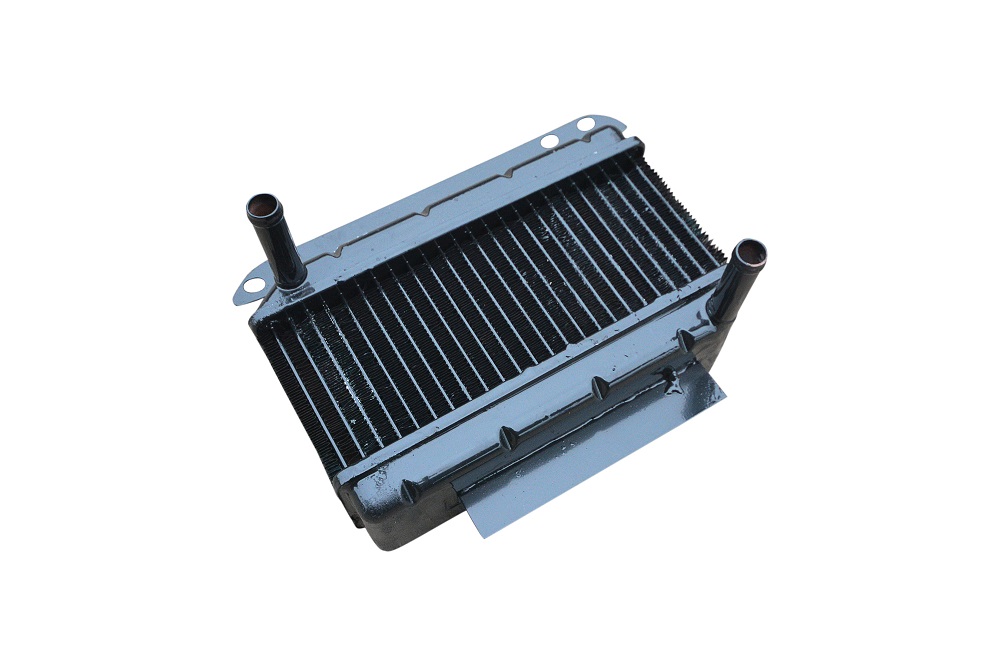
Is Your Car Heater Core Covered Under Extended Warranty?
A new vehicle warranty is nice to have, but there are certain limitations. First and foremost, they don’t last forever. After a period of time or number of miles, the warranty eventually expires. For a dealership or anyone with a fleet of vehicles, this leaves you wondering about how you’re going to care for your cars and trucks. Repair bills add up quickly, and you have to keep your bottom line in mind. Naturally, this makes an extended service contract sound like a great deal. Of course, it’s worth considering what is and isn’t covered under such a protection program. This usually depends on the provider as well as the specific plan you choose. A heater core may not seem like a huge concern most of the time, but it’s a good example of how to approach this question.
Heater Core
Your heater core is one of many components that helps with cooling and heating in your vehicle. An engine can sometimes get as hot as 500 degrees Fahrenheit, so heat is a serious concern. The heater core has hot engine coolant run through it from the engine, where cabin air is blown over it. There are fins built into the heater core that increases its surface area and allows for some heat to dissipate. Additionally, this allows the fan that blows air over it to transfer more heat into the cabin. A greater surface area aids with improved heat transference,
Whenever you adjust the heat in your cabin, you’re limiting the amount of hot coolant that runs through the radiator. With less coolant, there’s less heat exchange with the heater core. So as you can see, the heater core is crucial when it comes to heating your cabin. It also provides hot air to help defrost your windshield. Every winter, your heater core gets a bit of a workout, especially when temperatures get below freezing.
A damaged heater core has some pretty obvious warning signs. If your heater core is malfunctioning, your windows may be fogged over with condensation. Another common sign is a sickly-sweet smell. Coolant smells fruity or sweet, so leaking coolant may leave that odor in your vehicle. You can also look under your vehicle to see if there’s a coolant leak. Constantly needing to replace coolant is another good indicator. If your heater simply isn’t working, the heater core is usually at fault.
Repair Cost
If your heater core has gone out, you have to consider the cost of repair. The good news is that the heater core itself isn’t expensive. However, the bad news is that it is labor-intensive. It could easily take 2-3 hours to replace the heater core. Adding coolant could increase the repair cost as well. This may seem minor, but it isn’t uncommon for repairing a heater core to cost $600-1,000. When you’re dealing with a fleet of vehicles, expenses like this add up all too quickly.
Vehicle Protection
This is where an extended vehicle protection plan comes in handy. Coverage handles both labor and parts for you, and you aren’t limited in terms of where you can go. You may choose any certified technician. Of course, you have to review your protection plan carefully. Not all protection programs will cover a heater core. Be sure to speak with your protection provider, so you understand what is and isn’t covered under each program. High mileage and older vehicles can be covered under these plans.
If you’re curious about a used vehicle warranty or extended protection plans, contact Freedom Warranty at (877) 249-4186 to lean more.
